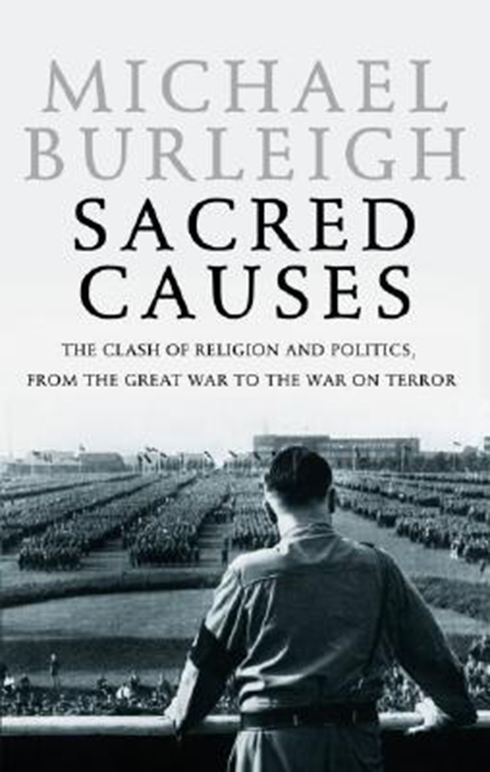
Michael Burleigh, Sacred causes: the clash of religion and politics, from the Great War to the War on Terror (New York: HarperCollins, 2007), pp.352-3
In 1967 private homosexual relations between consenting adults were legalised by the Sexual Offences Act, while two years later the divorce laws were revised to the fundament of irretrievable marital breakdown. A united clerical front against the latter bill broke down when the Church of England moderated its opposition to ‘breakdown of marriage’ and dropped its insistence on ‘matrimonial offence’. In general. the response of the Churches to such legislation was to join progressives in highlighting the evils of legislative inanition - notably the blackmailing of homosexuals, or the gruesomeness of back-street abortions - while continuing to hope that the assertion of Christian ideals would inhibit any potential slide into limitless moral nihilism. That may have been a realistic expectation as long as society included significant numbers of Christians, and before the ’new morality’ spread from the pot-smoking middle and upper classes to teenage heroin addicts on ‘sink’ public-housing estates in Cardiff or Edinburgh.
Aided by mafia-like local authorities, modernist architects built their brave new worlds - at Park Hill in Sheffield, or Ernö Goldfinger’s projects in London’s Camberwell or Poplar. Glamorised visual projections showed happy housewives exchanging the time of day on their disconnected twelfth-floor walkways; the current reality of these shoddy constructions, like the Balfron Tower in Poplar, being condensation stains on concrete, lifts reeking of urine, rotting windows and infestations of crack addicts. Christians struggled vainly against the deleterious consequences of the 1960 Betting and Gaming Act, which licensed off-course betting, bingo halls and casinos, and more successfully against attempts to desacralise the sabbath through the extension of normal patterns of trade and consumption. They had some success in holding up the introduction of a national lottery.
Aided by mafia-like local authorities, modernist architects built their brave new worlds - at Park Hill in Sheffield, or Ernö Goldfinger’s projects in London’s Camberwell or Poplar. Glamorised visual projections showed happy housewives exchanging the time of day on their disconnected twelfth-floor walkways; the current reality of these shoddy constructions, like the Balfron Tower in Poplar, being condensation stains on concrete, lifts reeking of urine, rotting windows and infestations of crack addicts.